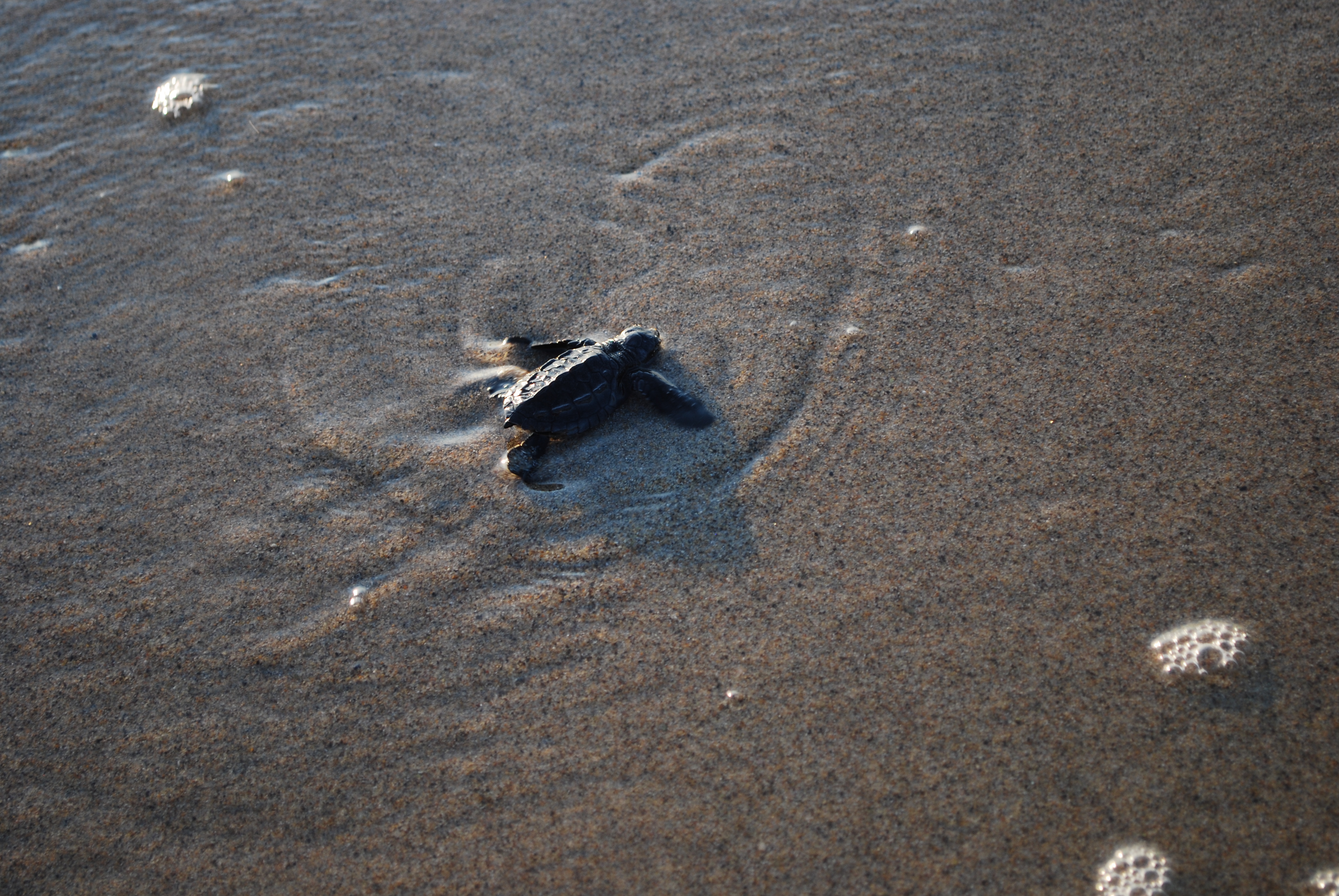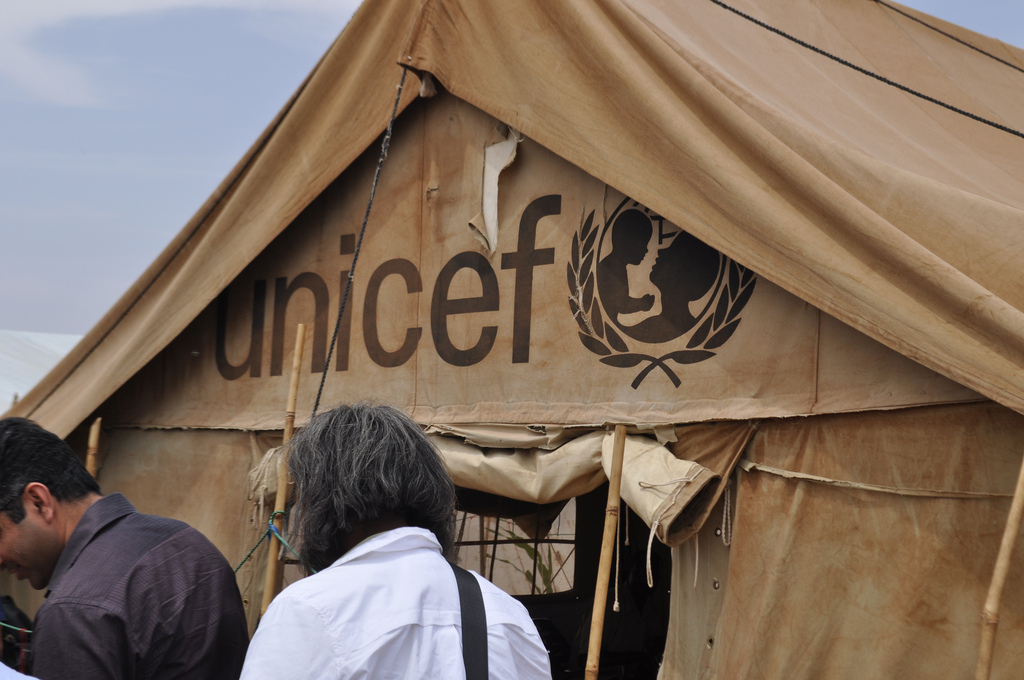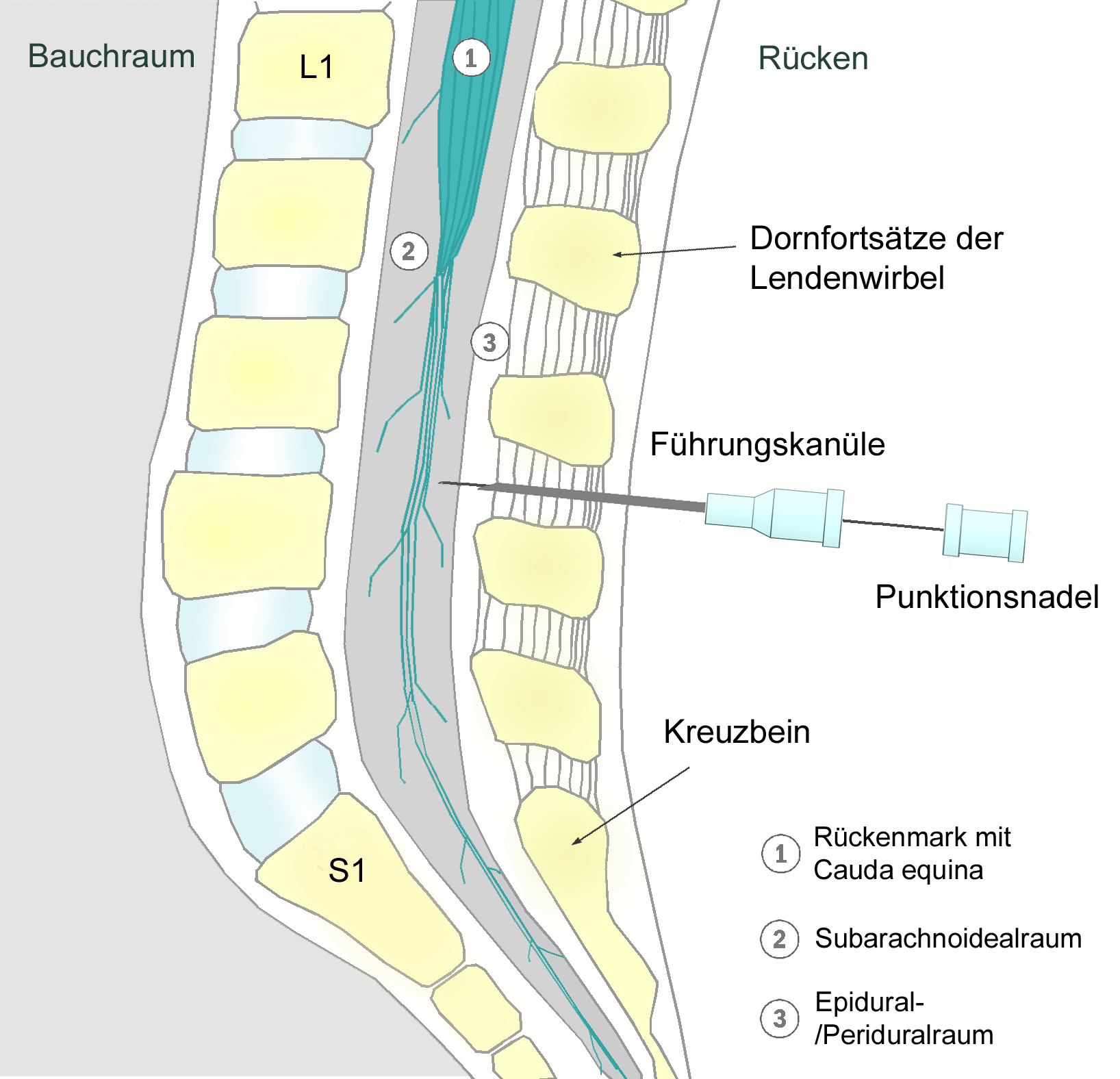|
Breast Crawl
Breast crawl is the instinctive movement of a newborn mammal toward the nipple of its mother for the purpose of latching on to initiate breastfeeding. In humans, if the newborn is laid on its mother's abdomen, movements commence at 12 to 44 minutes after birth, with spontaneous suckling being achieved roughly 27 to 71 minutes after birth. Background The Baby Friendly Hospital Initiative, developed by the World Health Organization and UNICEF, recommends that all babies have access to immediate skin-to-skin contact (SSC) following vaginal or Caesarean section birth. Immediate SSC after a Caesarean that used spinal or epidural anesthesia is achievable because the mother remains alert; however, after the use of general anesthesia, the newborn should be placed skin to skin as soon as the mother becomes alert and responsive. If the mother is not immediately able to begin SSC, her partner or other helper can assist or place the infant SSC on their chest or breast. It is recommended th ... [...More Info...] [...Related Items...] OR: [Wikipedia] [Google] [Baidu] |
Instinct
Instinct is the inherent inclination of a living organism towards a particular complex behaviour, containing innate (inborn) elements. The simplest example of an instinctive behaviour is a fixed action pattern (FAP), in which a very short to medium length sequence of actions, without variation, are carried out in response to a corresponding clearly defined stimulus. Any behaviour is instinctive if it is performed without being based upon prior experience (that is, in the absence of learning), and is therefore an expression of innate biological factors. Sea turtles, newly hatched on a beach, will instinctively move toward the ocean. A marsupial climbs into its mother's pouch upon being born. Other examples include animal fighting, animal courtship behaviour, internal escape functions, and the building of nests. Though an instinct is defined by its invariant innate characteristics, details of its performance can be changed by experience; for example, a dog can improve its listen ... [...More Info...] [...Related Items...] OR: [Wikipedia] [Google] [Baidu] |
Newborn
In common terminology, a baby is the very young offspring of adult human beings, while infant (from the Latin word ''infans'', meaning 'baby' or 'child') is a formal or specialised synonym. The terms may also be used to refer to Juvenile (organism), juveniles of other organisms. A newborn is, in colloquial use, a baby who is only hours, days, or weeks old; while in medical contexts, a newborn or neonate (from Latin, ''neonatus'', newborn) is an infant in the first 28 days after Human birth, birth (the term applies to Preterm birth, premature, Pregnancy#Term, full term, and Postterm pregnancy, postmature infants). Infants born prior to 37 weeks of gestation are called "premature", those born between 39 and 40 weeks are "full term", those born through 41 weeks are "late term", and anything beyond 42 weeks is considered "post term". Before birth, the offspring is called a fetus. The term ''infant'' is typically applied to very young children under one year of age; however, defini ... [...More Info...] [...Related Items...] OR: [Wikipedia] [Google] [Baidu] |
Mammal
A mammal () is a vertebrate animal of the Class (biology), class Mammalia (). Mammals are characterised by the presence of milk-producing mammary glands for feeding their young, a broad neocortex region of the brain, fur or hair, and three Evolution of mammalian auditory ossicles, middle ear bones. These characteristics distinguish them from reptiles and birds, from which their ancestors Genetic divergence, diverged in the Carboniferous Period over 300 million years ago. Around 6,640 Neontology#Extant taxon, extant species of mammals have been described and divided into 27 Order (biology), orders. The study of mammals is called mammalogy. The largest orders of mammals, by number of species, are the rodents, bats, and eulipotyphlans (including hedgehogs, Mole (animal), moles and shrews). The next three are the primates (including humans, monkeys and lemurs), the Artiodactyl, even-toed ungulates (including pigs, camels, and whales), and the Carnivora (including Felidae, ... [...More Info...] [...Related Items...] OR: [Wikipedia] [Google] [Baidu] |
Nipple
The nipple is a raised region of tissue on the surface of the breast from which, in lactating females, breast milk, milk from the mammary gland leaves the body through the lactiferous ducts to Breastfeeding, nurse an infant. The milk can flow through the nipple passively, or it can be ejected by smooth muscles, smooth muscular contraction, muscle contractions that occur along with the ductal system. The nipple is surrounded by the areola, which is often a darker colour than the surrounding skin. Male mammals also have nipples but without the same level of function or prominence. A nipple is often called a ''teat'' when referring to non-humans. "Nipple" or "teat" can also be used to describe the flexible mouthpiece of a baby bottle. In humans, the nipples of both males and females can be sexually stimulated as part of sexual arousal. In many cultures, female nipples are sexualized, or regarded as sex objects and evaluated in terms of their physical characteristics and sex appeal. ... [...More Info...] [...Related Items...] OR: [Wikipedia] [Google] [Baidu] |
Breastfeeding
Breastfeeding, also known as nursing, is the process where breast milk is fed to a child. Infants may suck the milk directly from the breast, or milk may be extracted with a Breast pump, pump and then fed to the infant. The World Health Organization (WHO) recommend that breastfeeding begin within the first hour of a baby's birth and continue as the baby wants. Health organizations, including the WHO, recommend breastfeeding exclusively for six months. This means that no other foods or drinks, other than vitamin D, are typically given. The WHO recommends exclusive breastfeeding for the first 6 months of life, followed by continued breastfeeding with appropriate complementary foods for up to 2 years and beyond. Of the 135 million babies born every year, only 42% are breastfed within the first hour of life, only 38% of mothers practice exclusive breastfeeding during the first six months, and 58% of mothers continue breastfeeding up to the age of two years and beyond. Breastfee ... [...More Info...] [...Related Items...] OR: [Wikipedia] [Google] [Baidu] |
Baby Friendly Hospital Initiative
The Baby Friendly Hospital Initiative (BFHI), also known as Baby Friendly Initiative (BFI), is a worldwide programme of the World Health Organization (WHO) and the United Nations Children's Fund (UNICEF), launched in 1992 in India UNICEFThe Baby-Friendly Hospital Initiative. Accessed 4 August 2011.World Health OrganizationBaby-friendly Hospital Initiative. Accessed 4 August 2011. following the adoption of the ''Innocenti Declaration'' on breastfeeding promotion in 1990. The initiative is a global effort for improving the role of maternity services to enable mothers to breastfeed babies for the best start in life. It aims at improving the care of pregnant women, mothers and newborns at health facilities that provide maternity services for protecting, promoting and supporting breastfeeding, in accordance with the International Code of Marketing of Breast-milk Substitutes. Background UNICEF, WHO, and many national government health agencies recommend that babies are breastfed ex ... [...More Info...] [...Related Items...] OR: [Wikipedia] [Google] [Baidu] |
World Health Organization
The World Health Organization (WHO) is a list of specialized agencies of the United Nations, specialized agency of the United Nations which coordinates responses to international public health issues and emergencies. It is headquartered in Geneva, Switzerland, and has 6 regional offices and 150 field offices worldwide. Only sovereign states are eligible to join, and it is the largest intergovernmental health organization at the international level. The WHO's purpose is to achieve the highest possible level of health for all the world's people, defining health as "a state of complete physical, mental and social well-being and not merely the absence of disease or infirmity." The main functions of the World Health Organization include promoting the control of epidemic and endemic diseases; providing and improving the teaching and training in public health, the medical treatment of disease, and related matters; and promoting the establishment of international standards for biologic ... [...More Info...] [...Related Items...] OR: [Wikipedia] [Google] [Baidu] |
UNICEF
UNICEF ( ), originally the United Nations International Children's Emergency Fund, officially United Nations Children's Fund since 1953, is an agency of the United Nations responsible for providing Humanitarianism, humanitarian and Development aid, developmental aid to children worldwide. The organization is one of the most widely known and visible social welfare entities globally, operating in 192 countries and territories. UNICEF's activities include providing immunizations and disease prevention, administering Antiretroviral drug, treatment for children and mothers with HIV, enhancing childhood and maternal nutrition, improving sanitation, promoting education, and providing emergency relief in response to disasters. UNICEF is the successor of the United Nations International Children's Emergency Fund, and was created on 11 December 1946, in New York, by the United Nations Relief and Rehabilitation Administration, U.N. Relief Rehabilitation Administration to provide immediate r ... [...More Info...] [...Related Items...] OR: [Wikipedia] [Google] [Baidu] |
Caesarean Section
Caesarean section, also known as C-section, cesarean, or caesarean delivery, is the Surgery, surgical procedure by which one or more babies are Childbirth, delivered through an incision in the mother's abdomen. It is often performed because vaginal delivery would put the mother or child at risk (of paralysis or even death). Reasons for the operation include, but are not limited to, obstructed labor, twin pregnancy, pre-eclampsia, high blood pressure in the mother, breech birth, shoulder presentation, and problems with the placenta or umbilical cord. A caesarean delivery may be performed based upon the shape of the mother's pelvis or history of a previous C-section. A trial of Vaginal birth after previous C-section, vaginal birth after C-section may be possible. The World Health Organization recommends that caesarean section be performed only when medically necessary. A C-section typically takes 45 minutes to an hour. It may be done with a spinal block, where the woman is awake ... [...More Info...] [...Related Items...] OR: [Wikipedia] [Google] [Baidu] |
Spinal Anesthesia
Spinal anaesthesia (or spinal anesthesia), also called spinal block, subarachnoid block, intradural block and intrathecal block, is a form of neuraxial regional anaesthesia involving the injection of a local anaesthetic with or without an opioid into the subarachnoid space. Usually a single-shot dose is administrered through a fine needle, alternatively continuous spinal anaesthesia through a intrathecal catheter can be performed. It is a safe and effective form of anesthesia usually performed by anesthesiologists and CRNAs that can be used as an alternative to general anesthesia commonly in surgeries involving the lower extremities and surgeries below the umbilicus. The local anesthetic with or without an opioid injected into the cerebrospinal fluid provides locoregional anaesthesia: true anaesthesia, motor, sensory and autonomic (sympathetic) blockade. Administering analgesics (opioid, alpha2-adrenoreceptor agonist) in the cerebrospinal fluid without a local anaesthetic produ ... [...More Info...] [...Related Items...] OR: [Wikipedia] [Google] [Baidu] |
Epidural Anesthesia
Epidural administration (from Ancient Greek ἐπί, "upon" + '' dura mater'') is a method of medication administration in which a medicine is injected into the epidural space around the spinal cord. The epidural route is used by physicians and nurse anesthetists to administer local anesthetic agents, analgesics, diagnostic medicines such as radiocontrast agents, and other medicines such as glucocorticoids. Epidural administration involves the placement of a catheter into the epidural space, which may remain in place for the duration of the treatment. The technique of intentional epidural administration of medication was first described in 1921 by the Spanish Aragonese military surgeon Fidel Pagés. Epidural anaesthesia causes a loss of sensation, including pain, by blocking the transmission of signals through nerve fibres in or near the spinal cord. For this reason, epidurals are commonly used for pain control during childbirth and surgery, for which the technique is con ... [...More Info...] [...Related Items...] OR: [Wikipedia] [Google] [Baidu] |
General Anesthesia
General anaesthesia (UK) or general anesthesia (US) is medically induced loss of consciousness that renders a patient unarousable even by painful stimuli. It is achieved through medications, which can be injected or inhaled, often with an analgesic and neuromuscular blocking agent. General anaesthesia is usually performed in an operating theatre to allow surgical procedures that would otherwise be intolerably painful for a patient, or in an intensive care unit or emergency department to facilitate endotracheal intubation and mechanical ventilation in critically ill patients. Depending on the procedure, general anaesthesia may be optional or required. No matter whether the patient prefers to be unconscious or not, certain pain stimulus, pain stimuli can lead to involuntary responses from the patient, such as movement or muscle contractions, that make the operation extremely difficult. Thus, for many procedures, general anaesthesia is necessary from a practical point of view. The p ... [...More Info...] [...Related Items...] OR: [Wikipedia] [Google] [Baidu] |







